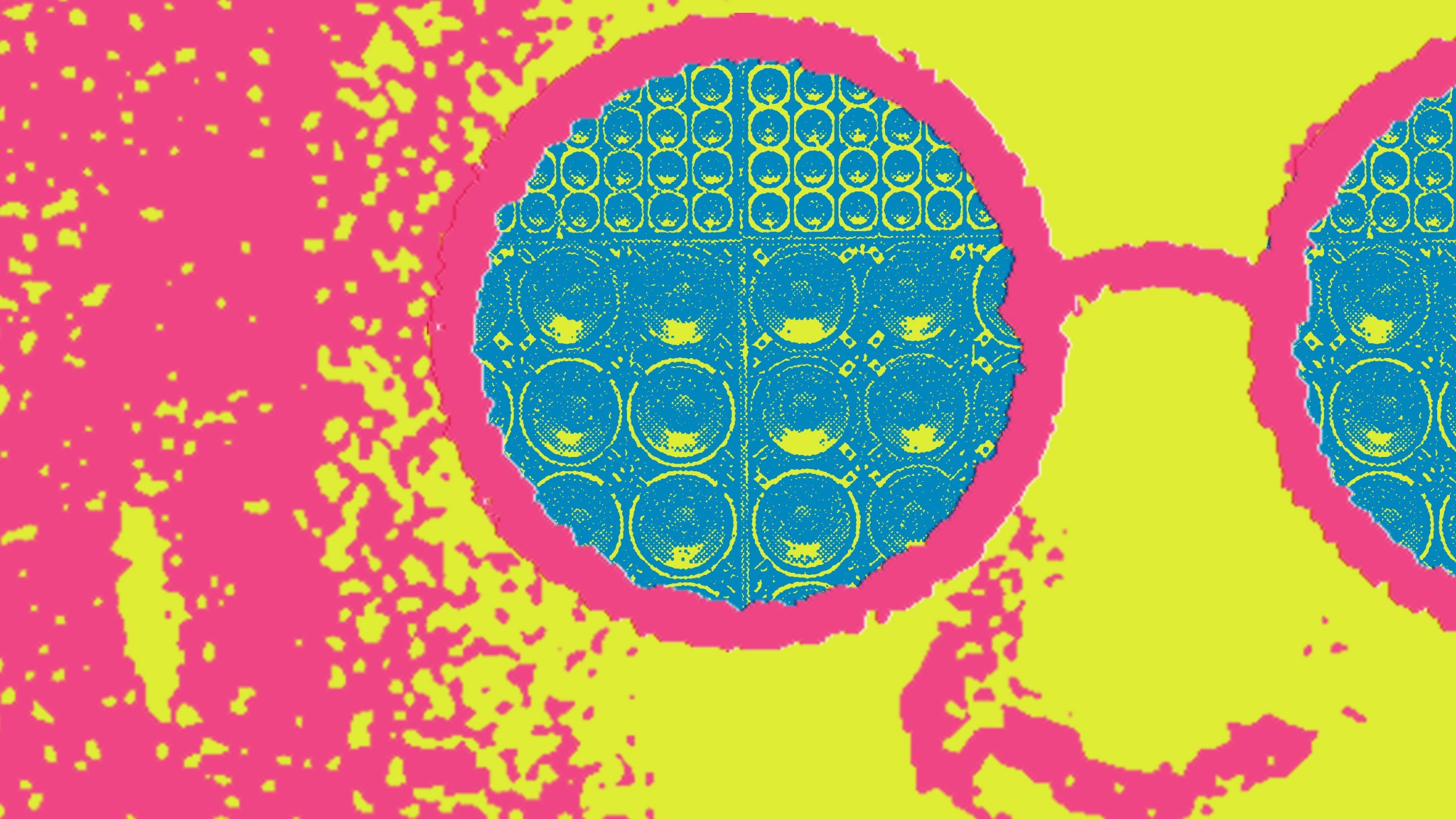How the Grateful Dead Fixed Live Music's Big Problem

The Grateful Dead's Quest for Perfect Sound
Imagine being at a concert, standing near the soundboard in the back of the venue. Here, you experience the most accurate version of the band’s performance—the same sound that the sound engineer hears. However, if you move to another spot in the crowd, the audio can change significantly. This is especially true at outdoor shows, where factors like wind and open acoustics can distort the sound. Often, the song you've been waiting for might arrive as a muddled mess.
The challenge for a band is ensuring their music sounds pristine, no matter where the audience is or where they're listening. In the early 1970s, the Grateful Dead sought to solve this problem with the help of their sound engineer, Owsley “Bear” Stanley. He introduced one of the boldest innovations in music history: a literal "wall of sound." While Phil Spector had created a figurative wall of sound through layered instruments, the Dead’s version was a massive sound system—essentially a hulking rig of amps, speakers, and wires. It was akin to the heavy-metal setup in Mad Max: Fury Road, but even larger, louder, and more complex.
The idea behind the wall was both utopian and egalitarian. It placed all the necessary technology behind the band, allowing the audience to hear exactly what the band heard during the performance. According to journalist Brian Anderson in his book Loud and Clear, the wall weighed as much as a dozen full-grown elephants and stretched the length of a regulation basketball court. At each tour stop, roadies would assemble nearly 600 speakers, which stood about the height of a small apartment building and sounded as loud as a jet engine. Fans could be up to a quarter mile away and still hear Jerry Garcia’s guitar runs clearly.
However, the complexity and cost of maintaining the wall soon led to the band’s first serious brush with burnout. The wall, while intended to enhance the live experience, also introduced new challenges. On paper, it was meant to expand the scope of the Dead’s extended jams, but in practice, it often caused glitches that hindered the band’s ability to perform consistently. Stanley helped the Dead reach new heights, but he also set an impossible standard.
Grateful Dead fandom is known for its obsession. While the band’s jam-band sound is undeniably groovy, many of their songs explore heavy themes like life and death. Their music is an ongoing search for something hidden in the mind. Though the band has great studio recordings, the real magic lies in their live performances, with different set lists every night.
Anderson’s book offers a detailed, show-by-show breakdown of the band’s live performances from 1965 to 1974, including insider stories. Readers meet engineers, roadies, and crew members who worked under difficult conditions to create unforgettable shows. Some roadies relied on "mountains of blow," according to one band member.
Underlying this narrative is a story about the tension between innovation and hubris. The wall was a physical manifestation of a brainiac’s acid trip. After taking LSD at a legendary Dead show, Stanley believed he could connect the wall, the band, and the crowd as one mind. His goal was to create a unified experience for everyone.
In theory, the wall allowed for top-notch sound and consistency. But in practice, it became an unwieldy nightmare. Speakers often failed mid-show, and maintaining the rig became increasingly complex. As the band booked larger venues, the need for more power, crew, and attention grew. Peak functionality was rarely guaranteed.
Within the band itself, the wall was divisive. Bassist Phil Lesh called it “apocalyptic,” while drummer Bill Kreutzmann described it as a “creature that was supercool to look at, but impossible to tame.” Guitarist Bob Weir found it “insane” and “a logistical near impossibility.” Garcia, meanwhile, preferred a simpler approach. At the wall’s official debut, technical issues led to his guitar volume dropping, making the beginning of the show sound poor.
The Dead only played a few dozen shows with the fully built-up wall before downsizing their crew and abandoning the structure. They returned to a more practical setup, sacrificing perfection for sustainability. Despite this, they remained active until Garcia’s death in 1995, with offshoots continuing to play.
Though I never saw the band with Garcia, I’ve seen various configurations over the years. Last summer, I attended a Dead & Company show at the Sphere in Las Vegas. The experience was immersive, with 167,000 individual speakers in the venue. While I lost myself in the show, I also felt a longing for a more natural setting, where variables like wind and weather could affect the sound. Imperfection can feel just as right in its own way.
The Dead seemed to accept this too. Anderson’s book argues that the pursuit of total audio domination is noble, though fraught with challenges. But even the most advanced rig can’t make the songs good—something that ultimately depends on the band.
Post a Comment for "How the Grateful Dead Fixed Live Music's Big Problem"
Post a Comment